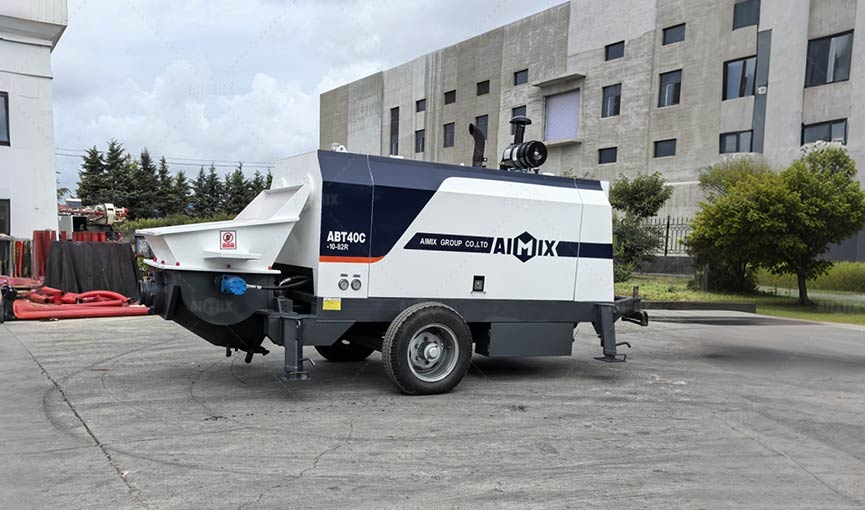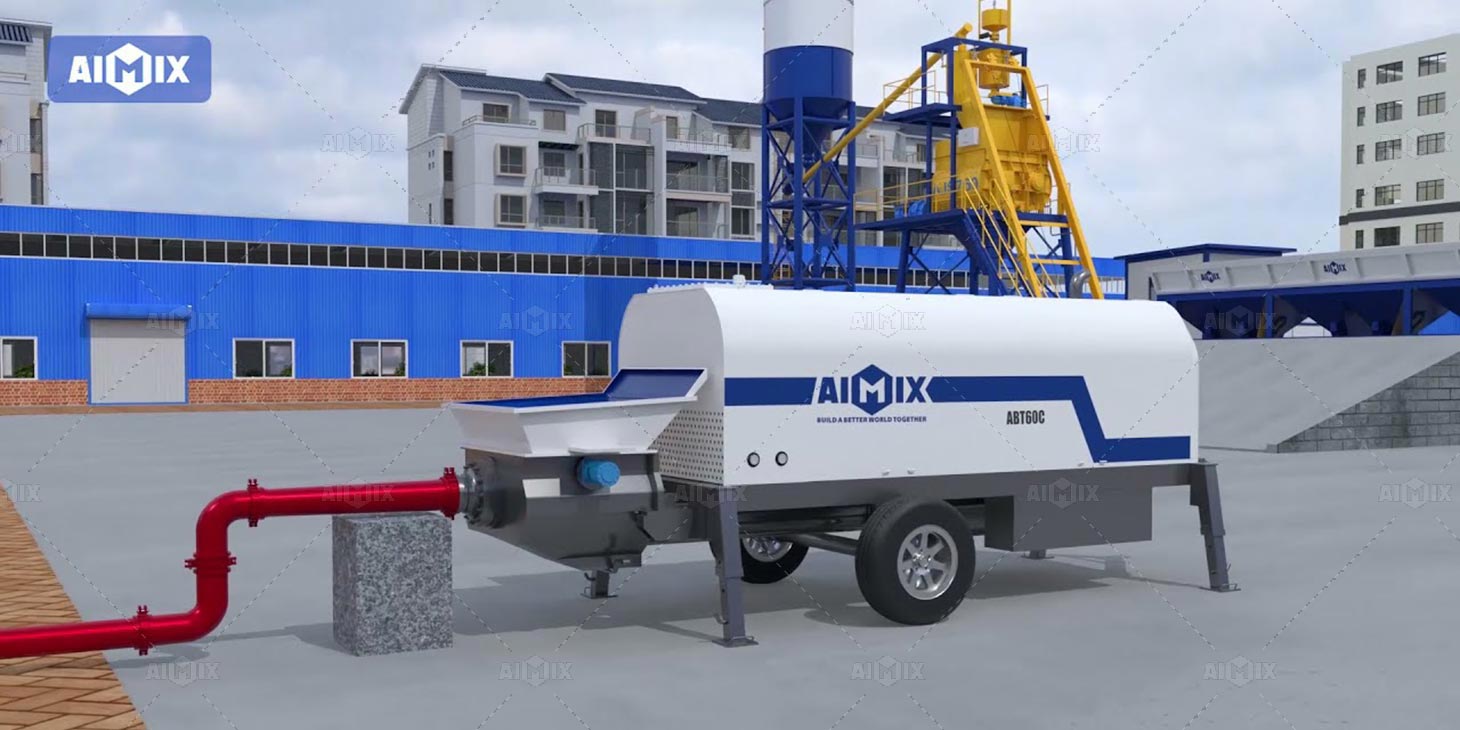The discipline of slope protection engineering represents one of the most formidable challenges in civil construction, a continuous struggle against the immutable forces of gravity and erosion. The success of such projects—whether for highway embankments, railway cuttings, or developed hillsides—hinges not merely on design ingenuity but on the unimpeachable execution of the concrete placement phase. It is here that the choice of equipment transcends mere logistical preference and becomes a fundamental determinant of structural integrity. While alternative methods exist, the deployment of stationary concrete pumps is not merely an advantageous technique; it is an indispensable operational paradigm that directly dictates the resilience, efficiency, and ultimate success of the entire engineering endeavor.

## The Unforgiving Demands of Slope Protection Engineering
Slope protection is not standard construction; it is a high-stakes geotechnical intervention. The concrete used, often a specialized shotcrete or high-strength mix, must form a continuous, well-integrated matrix that binds with the unstable substrate. Any interruption during the pour, known as a cold joint, creates a plane of weakness where water can infiltrate and pressure can build, compromising the entire structure. Furthermore, the sites themselves are often characterized by severe inclines, limited access, and precarious working platforms. Traditional methods like crane-and-bucket or truck-mounted [boom pumps for sale](https://aimixconcretesolution.com/boom-concrete-pump/) are frequently untenable. The former lacks the reach and continuous output, while the latter cannot safely operate on unstable or steep ground. The very nature of the challenge demands a solution that combines relentless output with pinpoint placement accuracy in the most logistically hostile environments.
## The Stationary Concrete Pump: A Paradigm of Precision and Power
The stationary concrete pump addresses these exigent demands with profound efficacy. Its primary contribution is the facilitation of a continuous, uninterrupted concrete pour. By delivering a consistent flow of material through a pipeline system, it enables the creation of a monolithic layer that is inherently resistant to cracking and delamination. This <strong>uninterrupted placement</strong> is the bedrock of the slope's long-term structural cohesion. Operationally, the [line concrete pump](https://aimixconcretesolution.com/concrete-pump/line/)'s versatility is its greatest asset. Strategically placed on stable ground, it can propel concrete over significant horizontal distances and, more critically, up steep vertical faces with unwavering force. This allows for the stabilization of slopes from a safe and secure base, mitigating the risks associated with placing heavy equipment on the incline itself. The system provides operators with precise control over the rate of discharge, ensuring an even application that is crucial for achieving the designed thickness and optimal compaction without slumping or segregation of the mix.

## Quantifying Success: From Operational Efficacy to Project Viability
The impact of the stationary pump on project success is both technical and economic. Technically, it is the primary guarantor of the slope's designed performance. By ensuring a void-free, homogeneous concrete application, it directly enhances the geotechnical stability of the landform. This robust construction is the best defense against future remedial costs and, more importantly, catastrophic failure. From a project management perspective, the pump introduces a level of predictability and speed that is otherwise unattainable. It accelerates the critical path of the project, reducing the window of exposure for an unstable slope to weather events. This efficiency translates into direct cost savings through reduced labor and shorter project timelines. The argument is clear: the higher initial investment in a stationary pumping system is not an expense, but a strategic risk mitigation tool. It safeguards the multi-million-rand investment in the slope protection structure itself, establishing a non-negotiable benchmark for the successful execution of critical infrastructure that protects both property and public safety.


Comments
No comments yet. Be the first to react!